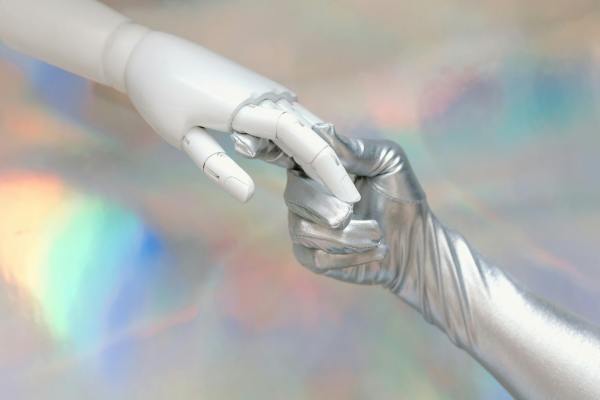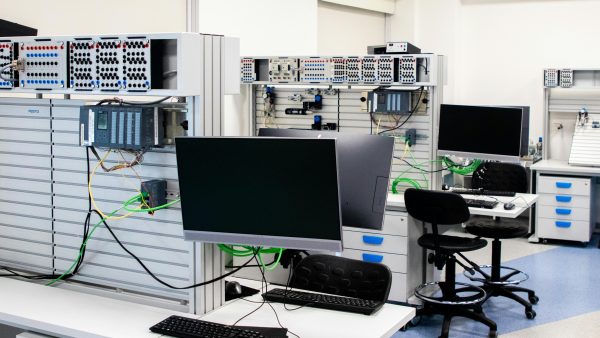My great personal unknowns
There is so much information… but I start by getting informed thanks to a podcast on Spotify. I love to listen to opinions and I get an idea of what people with totally different profiles think about the use of this tool.
In education I find several questions: opportunity or threat; can chapGPT be a maths teacher; can taking shortcuts through this tool to carry out work and studies slow down our creativity; can the teaching of values be missing in its use?
In the work environment, more questions such as, which activities are appropriate to use it; should employees be trained in the proper use of chapGPT and other tools?
I see it as a great opportunity in education, for example, for special needs environments, both for teachers and students. AI allows us not only to automate, but also to personalise in cases where we need different options according to the profile of the users. In the work environment it is very useful in data collection and preparation, we can get to automated customer service, but how much does it cost to do that, how much data do we need, or do the employees have the knowledge to do that?
What I consider with so many questions coming to me, is that I need help to get a concise and precise overview of the applications of AI in my workplace. For example, for the order tracking of the large account sales network to which I provide order support. It would be a breakthrough in our daily work.
My professional experience with Generative Artificial Intelligence
Today I have started a very interesting course, Introduction to Generative Artificial Intelligence and Responsible AI-S01. I suggest that if you are interested in starting with the subject, now is the time. Those of you who work at Telefónica should sign up at Universitas. There are many courses where they teach tools. I hope to find a way to improve my work with customers with this course.
Let’s start by saying that Generative AI is a technique to make AI produce data-driven content.
There are many text and video tools. The most important thing is data. It is the food for AI, and the new ‘oil’. On Facebook, for example, it feeds on our likes and opinions; it’s revolutionary and it seems simple; if I look for hotels, they ‘detect’ it and offer them to me. As I said in my previous article, technology makes our lives easier, it helps us find what we are looking for. But this is not easy; and just as it happens in social networks, it can also happen in AI. Have you heard of fake news?
Data can come in dirty, unsorted, or even fake. And here, for me, is the bonus of a good AI tool. We can teach it to better identify that data, to sort it, to distribute it. Because behind the collection and storage there is processing. We teach the tool to identify patterns and detect those that are very different and don’t connect. These are called anomalies, and so the tool becomes reliable for the work and educational environment.
And after ‘half-understanding’ this part, because there are many more details that are not in this article, I wonder:
If our set of data, those processed, that we have checked and that we don’t discard, show a reality, but those processed data, that we have checked and that we don’t discard. They show a reality, but is that reality in balance? Is it unbiased? Is it fair? Does it reflect the diversity of the world around us and is it free of bias?
And here we come to a part we must never forget: technology must always build our world and improve it. We must use responsible AI tools. With ethics, taking into account human rights, health and the environment.
ChatGPT and Copilot
We know that ChatGPT is an AI designed to have conversations and answer questions. When you ask ChatGPT a question, it responds using information obtained through the application of machine learning and natural language processing techniques. This AI has been trained to analyse and understand large amounts of text, and then use this knowledge to provide coherent and likely answers in different contexts.
It is the perfect mix between Google and that friend who always knows how to give you a quick summary of any text, conversation, movie… it always has the right words to explain or several ways to do it. This is how AI chat works. But we shouldn’t just use any of them, in the course I have discovered that to start with, and for greater security, we have other options, one of them is Copilot from Microsoft, which I encourage you to try.














